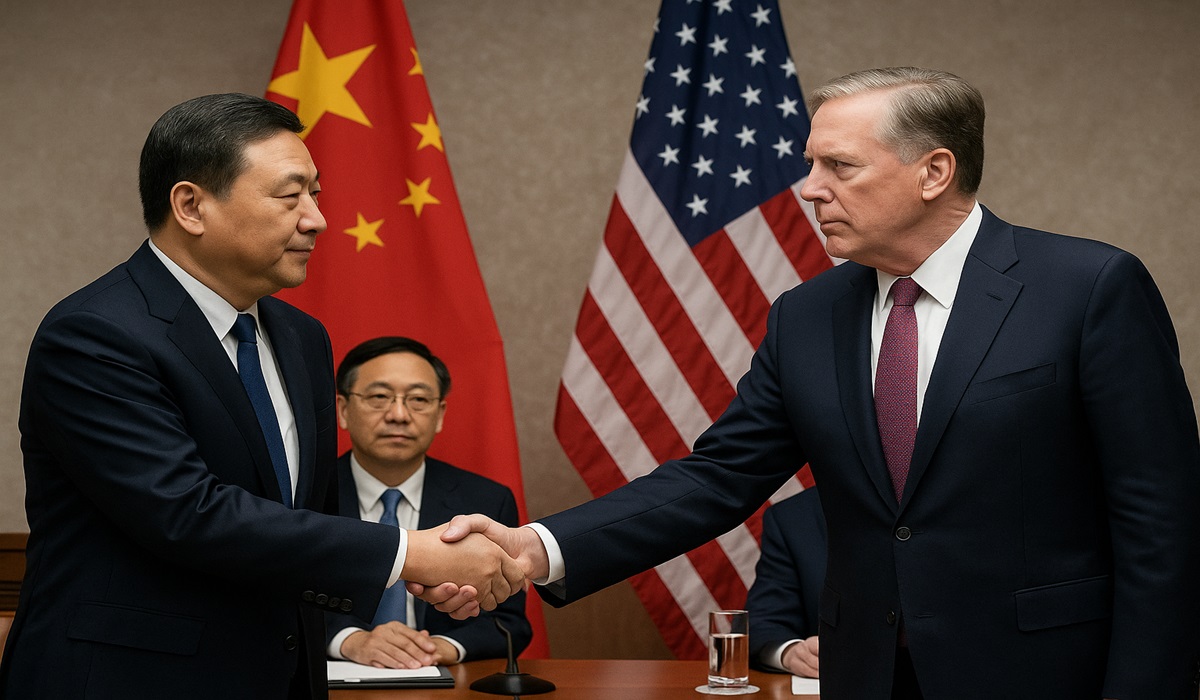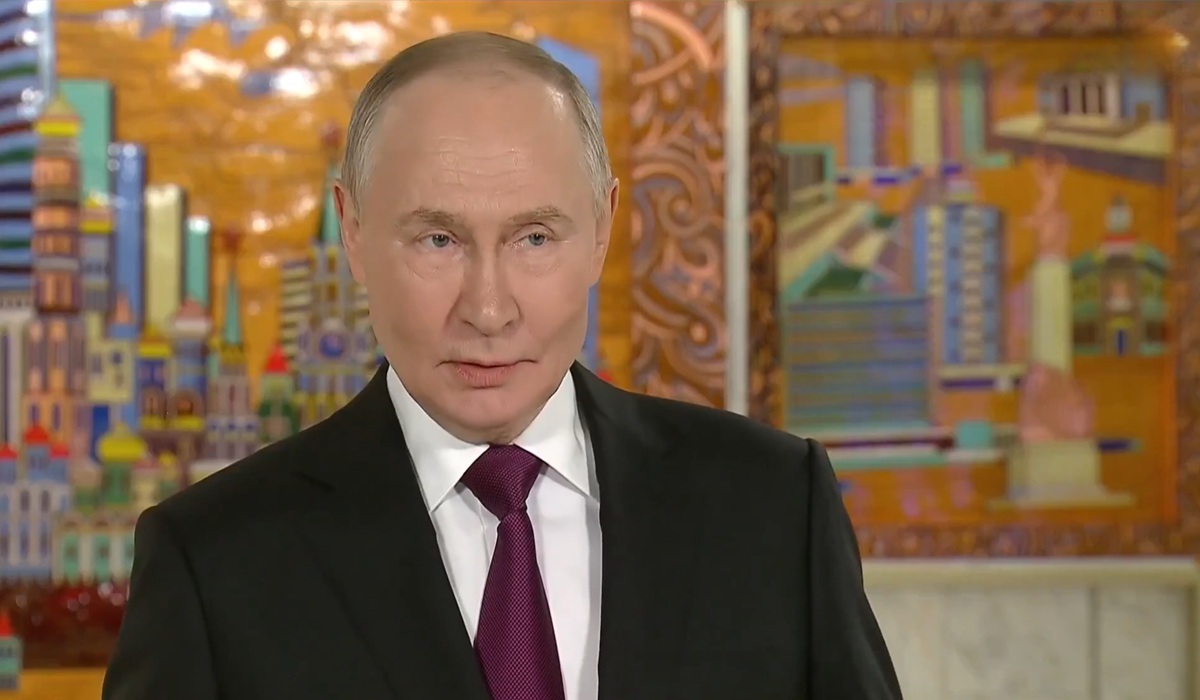U.S.-China Trade Talks Spark Global Optimism but Raise Questions About Long-Term Reset
- Ingrid Jones
- U.S.A
- May 12, 2025

Image Credit, AI-generated
In a move that could redefine the global economic landscape, the United States and China have entered into substantial negotiations in Geneva, slashing tariffs in what appears to be the most significant thaw in relations since the trade war began with Trump’s return to office. The deal, brokered after three days of tense, closed-door discussions, reduces the average tariff rate on key Chinese imports from a staggering 130% down to 30%. In return, China has lowered its tariffs on U.S. goods, notably agricultural and technological exports, with the hope of restoring a degree of normalcy to global supply chains. But make no mistake—this is not a return to the pre-2018 era. It’s a new game with new rules, and not everyone is convinced it’s being played fairly.
The market reaction was swift. The Dow Jones Industrial Average surged by more than 800 points within hours of the announcement, and the tech-heavy Nasdaq saw a 4.3% jump, reflecting investor relief. The semiconductor sector in particular, battered by years of uncertainty, posted its strongest single-day rally since 2020. U.S. agricultural futures also spiked as Beijing agreed to restart mass soybean and corn purchases—a move that brought cautious optimism to the American heartland, which has borne the brunt of retaliatory tariffs.
But behind the headlines, there are deeper implications. The jobs market in the U.S. has seen stagnation in key manufacturing sectors since the height of the tariff war. Entire towns in the Midwest watched plants close or shift operations overseas as input costs soared and demand shrank. While this new agreement brings temporary reprieve, analysts warn that job recovery won’t be automatic. Years of disruption have permanently altered the industrial ecosystem, and many manufacturers have learned to operate leaner—sometimes without needing to bring back every job lost.
Moreover, the negotiations exposed a critical asymmetry in political maneuvering. President Xi Jinping has yet to initiate or accept a direct call with President Donald Trump, a symbolic gesture that many interpret as a power play. Instead, Chinese diplomats have operated through multilateral forums, third-party intermediaries, and back-channel diplomacy. Meanwhile, Trump, visibly frustrated by the optics of being sidelined, has tried to spin the Geneva talks as a triumph of American negotiation strength. But the absence of a direct presidential handshake tells a different story. In this high-stakes chess match, China appears to be pacing the game while the U.S. scrambles to claim control of the board.
The broader context matters. China’s influence has expanded rapidly through BRICS—its economic alliance with Brazil, Russia, India, and South Africa—and more recently with invitations extended to new member states like Saudi Arabia and Iran. This shifting axis of power has allowed Beijing to cushion itself from Western economic pressure and find alternative markets. The U.S., by contrast, is still grappling with inflationary pressures, labor unrest, and an increasingly polarized political climate.
This leads to the question on everyone’s mind: When will things go back to normal? The uncomfortable truth is—very likely, never. The global economic order has been fundamentally rewired. The old model of American consumerism powering Chinese manufacturing is fraying. Countries are diversifying supply chains, investing in domestic production, and recalibrating trade dependencies. Globalization, once an unstoppable force, now looks like a fractured mosaic of regional blocs, cautious interdependence, and strategic self-interest.
What comes next depends heavily on what both superpowers do during this 90-day window of lowered tariffs. If it’s used to tackle structural issues—intellectual property protections, industrial subsidies, labor rights, digital sovereignty—there may be a path toward a new kind of equilibrium. But if the time is squandered on optics and political posturing, the current détente could unravel as quickly as it came together.
So far, there’s no indication that President Xi is in any rush to engage directly with Trump. The message is clear: China sees itself as holding a stronger hand. For the U.S., that’s a bitter pill—and a warning shot. Tariff rollbacks might win headlines, but without strategic recalibration, the administration may find itself once again reacting to moves made on Beijing’s terms.
This isn’t just a trade story. It’s a geopolitical reset. And for a world already fatigued by pandemic-induced chaos, war, and economic upheaval, it signals the start of a new era—one where stability is no longer guaranteed, and global power is no longer defined by a single pole.








